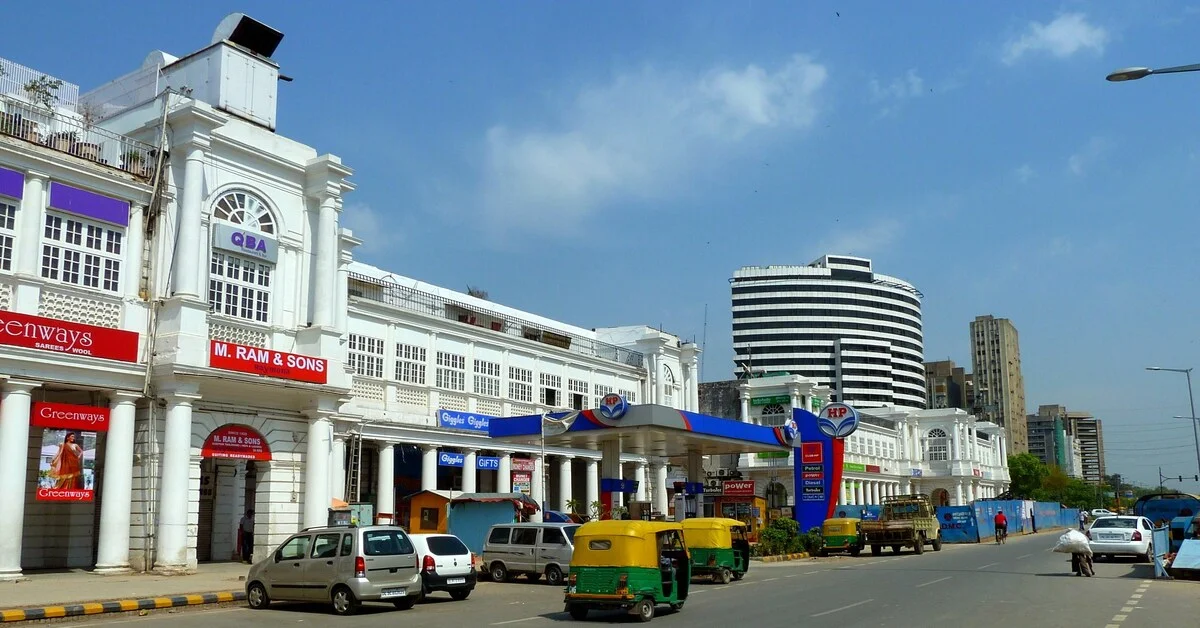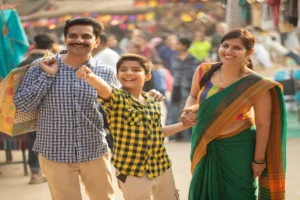It’s time to immerse yourself in the vibrant tapestry of India’s capital, where history, art, and traditions intertwine to create unforgettable experiences. Delhi is not just a city; it’s a hub for Best Cultural Experiences in Delhi that beckons you to explore its rich heritage. From bustling bazaars to serene heritage sites, you’ll find myriad opportunities to enrich your understanding of Indian culture. This guide will help you navigate through the top 10 places that promise to showcase the best cultural experiences Delhi has to offer. Prepare for an adventure that awakens your senses!
Table of Contents
Key Takeaways:
- Diverse Heritage: Delhi offers a rich tapestry of cultures, reflected in its numerous historic sites and monuments.
- Art and Performance: Explore vibrant arts with various galleries, theaters, and cultural festivals that showcase local talent.
- Culinary Delights: Experience the city’s diverse food scene, featuring traditional eateries and street food that represent various cultural influences.
- Festivals and Events: Attend various cultural events and festivals throughout the year, celebrating everything from music to dance and crafts.
- Community Engagement: Participate in workshops and guided tours that offer deeper insights into local traditions and lifestyles.
Red Fort
The Red Fort, a symbol of India’s rich history and vibrant culture, is a must-visit during your time in Delhi. Built in the 17th century by Emperor Shah Jahan, this UNESCO World Heritage Site showcases stunning Mughal architecture, magnificent gardens, and fascinating museums that collectively transport you through time and tell the story of India’s past.
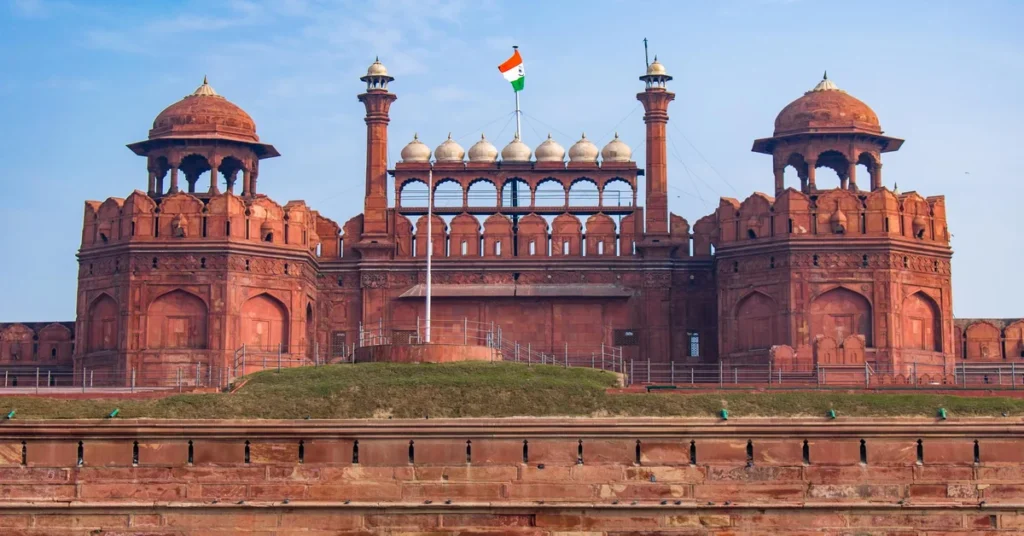
Mughal architecture
On approaching the fort, you will be struck by the grandeur of its red sandstone walls and intricate designs. The fort’s stunning features include the impressive diwans, or audience halls, and the beautiful gardens. Each element reflects the sophisticated artistry and architectural brilliance of the Mughal era, offering you an unparalleled glimpse into this influential period.
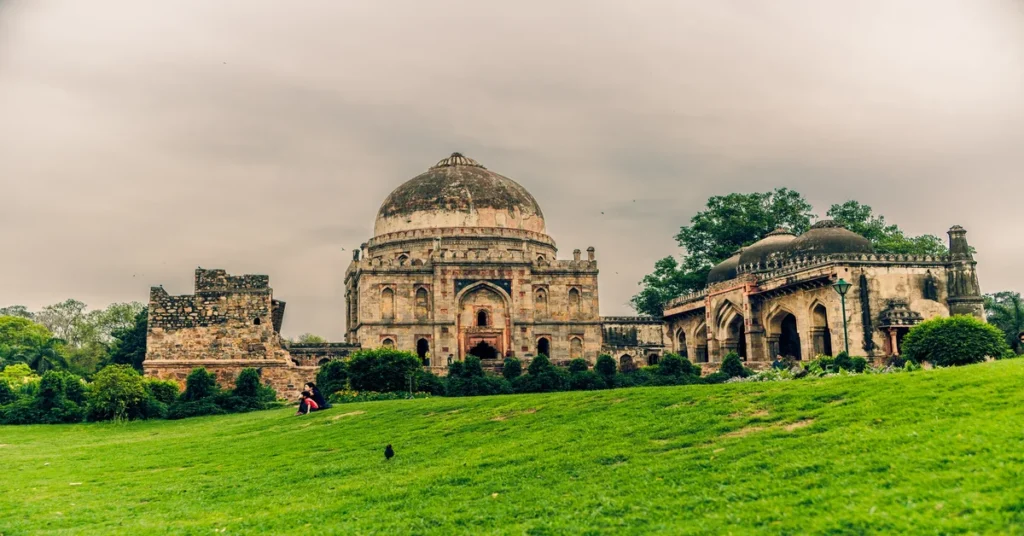
Historical significance
With its rich backdrop of events, the Red Fort holds profound historical significance. It served as the main residence of the Mughal emperors for nearly two centuries, making it a central hub of political power and culture. Your visit contributes to understanding its role in India’s struggle for independence, as it was from here that the first Prime Minister, Jawaharlal Nehru, delivered his iconic speech, declaring freedom from British rule.
Architecture of the Red Fort is not just a mere representation of Mughal finesse; it also symbolizes the resilience and spirit of the Indian people. Over time, the fort has witnessed numerous battles, transformations, and ceremonies that shaped modern India. Visiting the Red Fort allows you to walk through corridors that echo with the legacies of great rulers, and as you explore, you realize that your connection with this historical site enriches your understanding of India’s complex and triumphant journey.
Humayun’s Tomb
One of the most significant cultural landmarks in Delhi, Humayun’s Tomb offers a glimpse into the architectural legacy of the Mughal Empire. This stunning mausoleum, constructed in the 16th century, is a remarkable tribute to the memory of Emperor Humayun and serves as a precursor to the design of the iconic Taj Mahal.
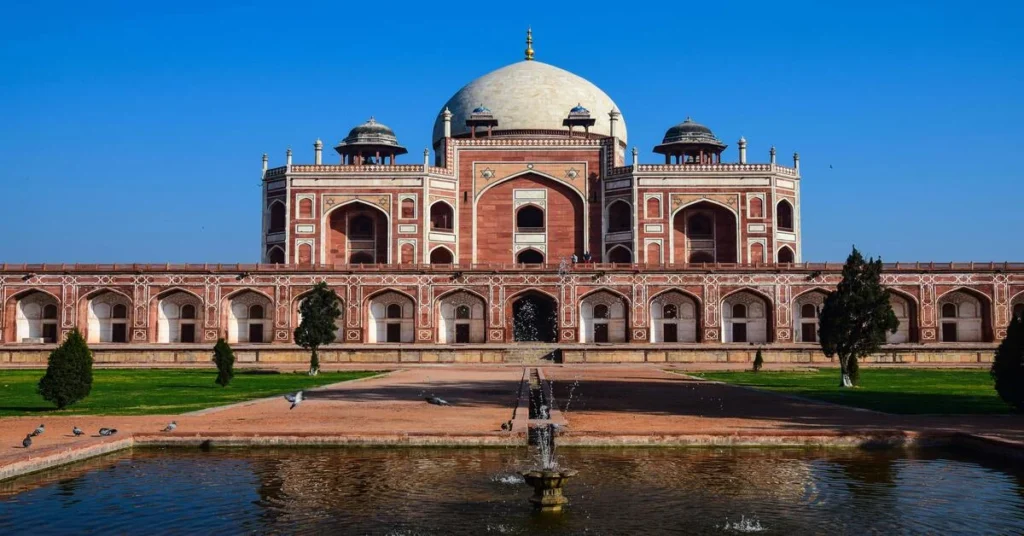
Persian-inspired design
Little do many know that the architectural beauty of Humayun’s Tomb stems from its Persian-inspired design. The elegant gardens, intricate chhatris, and the grand central dome reflect the fusion of Persian and Indian architecture. As you stroll through the lush green pathways, you’ll appreciate how this masterpiece integrates nature and artistry in harmony.
UNESCO World Heritage
Assuming the title of a UNESCO World Heritage Site in 1993, Humayun’s Tomb is recognized for its cultural significance and architectural brilliance. This designation helps to preserve a piece of history that showcases the evolution of Mughal architecture, allowing you to step back in time and experience exceptional artistry.
The UNESCO World Heritage designation highlights not only the tomb’s beauty but also its historical importance. It serves as a testament to the innovative architectural techniques of the time, with features like raised platforms and symmetrical designs that were groundbreaking. As you explore this captivating site, you can appreciate its role in shaping the cultural landscape of Delhi and the profound influence it had on subsequent Mughal structures. Don’t miss the chance to engage with this blend of history, art, and culture, standing testament to a glorious era.
Qutub Minar
For anyone seeking a deep cultural experience, the Qutub Minar stands as a symbol of India’s rich history and architectural brilliance. This UNESCO World Heritage Site is not only breathtaking to behold but holds numerous stories of the past, making it a must-visit location in Delhi.
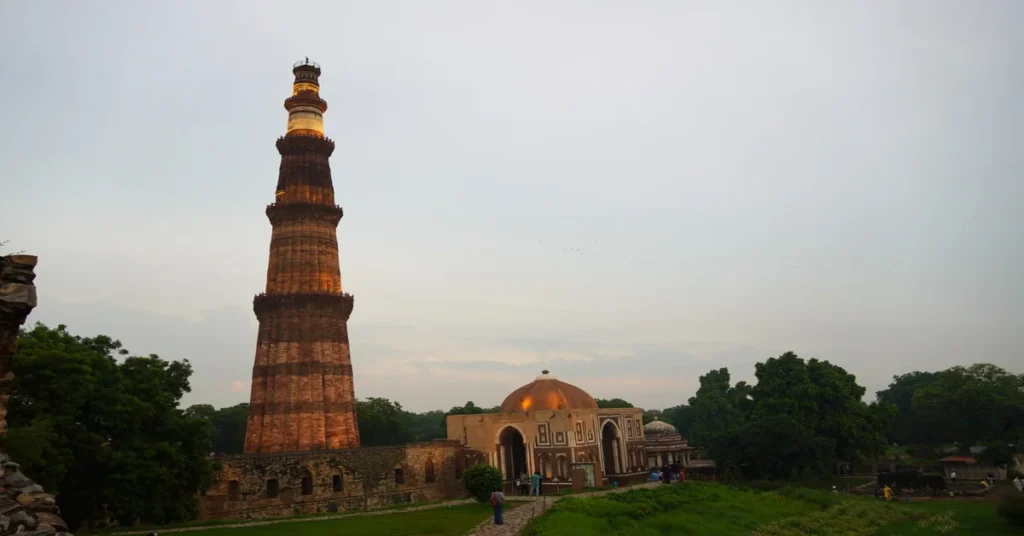
Tallest brick minaret
Nowhere else will you find a structure as impressive as the Qutub Minar, which is recognized as the tallest brick minaret in the world, soaring to a height of 73 meters. Constructed in the 12th century, it is a fine example of Indo-Islamic architecture, and its intricate carvings and detailed designs are sure to captivate you.
Ancient inscriptions
Tallest among its features are the ancient inscriptions that adorn the minaret. These inscriptions, primarily in Arabic, narrate the achievements of various rulers and their contributions to the construction of this magnificent structure.
Any visit to the Qutub Minar promises to be enriching, as you can observe the beautiful verses from the Quran carved into the stone, telling tales of victory and glory. The delicate craftsmanship and historical significance of these writings reflect the art and culture of the era, allowing you to connect with a time long past. This experience not only deepens your appreciation for history but also provides a window into the spiritual and cultural life of ancient India.
India Gate
Keep your camera ready as you visit India Gate, a prominent landmark that stands as a symbol of India’s rich history and culture. This monumental archway, reminiscent of the Arc de Triomphe, is a site of gathering and remembrance, making it a must-visit for anyone exploring Delhi’s vibrant heritage.

War Memorial
One of the most notable features of India Gate is its significance as a war memorial. It honors the 70,000 soldiers of the British Indian Army who laid down their lives during World War I and the Third Anglo-Afghan War. The names of these valiant heroes are inscribed on the stone, serving as a poignant reminder of their sacrifice.

Colonial Architecture
Any visit to India Gate will also introduce you to its stunning colonial architecture. The structure is designed in the Indo-Saracenic style, blending elements from various architectural traditions. This harmonious fusion speaks volumes about India’s historical ties with the British Empire, showcasing the grandeur of a bygone era.
You can appreciate the intricacies of the colonial architecture that envelops India Gate. With its granite facade, scalloped arches, and detailed carvings, the monument is a testament to India’s architectural evolution. The surrounding gardens, enhanced by the landscaped lawns, further accentuate the elegance of this site, invigorating your spirit as you soak in the ambience of a significant chapter in Indian history.
Jama Masjid
Many visitors to Delhi deem Jama Masjid a must-see attraction deeply rooted in the city’s rich cultural tapestry. Built in the 17th century by the Mughal Emperor Shah Jahan, the mosque stands as an architectural masterpiece that captures the essence of India’s diverse heritage. With its grand structure adorned with striking red sandstone and white marble, you are instantly transported into a world of historical significance and spiritual tranquility.
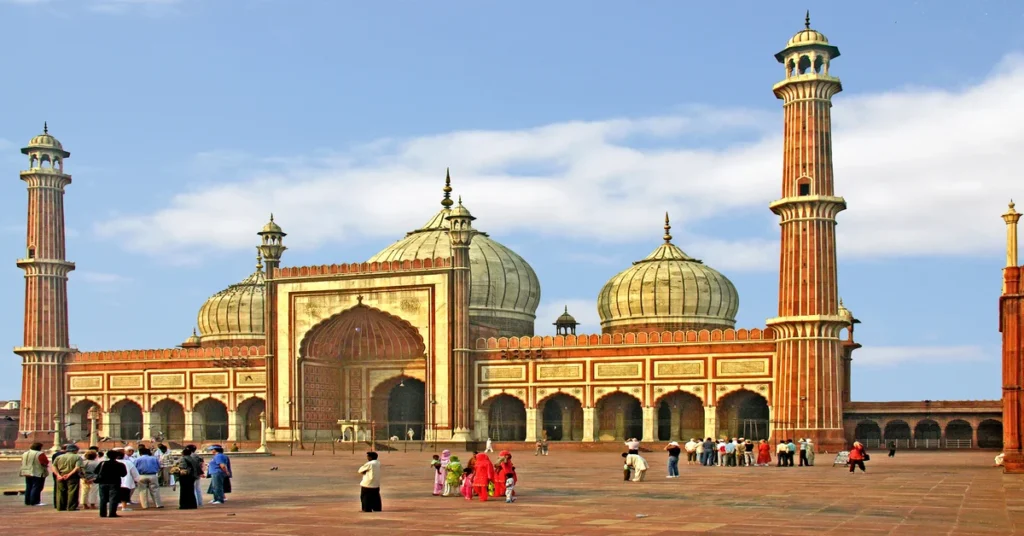
Magnificent mosque
While exploring this magnificent mosque, you will be awed by its towering minarets and sprawling courtyards. Visible from various parts of the city, it is the largest mosque in India, capable of accommodating up to 25,000 worshippers at a time. As you walk through its serene corridors, you can feel the echoes of centuries past, inviting you to reflect on the cultural and spiritual depth of this incredible site.
Cultural gatherings
The Jama Masjid is not just a place of worship; it is also a hub for vibrant cultural gatherings. Every Friday, the mosque attracts a large number of devotees and tourists, creating a lively atmosphere filled with shared experiences. From prayer sessions to local festivities, this is where you can witness the fusion of faith and culture, enriching your understanding of the local community.
Masjid plays a pivotal role in promoting community cohesion. During major Islamic festivals like Eid, the mosque becomes a focal point for celebrations, drawing individuals from diverse backgrounds to partake in services and feasts. You may also find art exhibitions, poetry readings, and musical performances taking place, offering you a unique opportunity to immerse yourself in the layered cultural fabric of India while enjoying the warmth of communal spirit.
Lotus Temple
Once again, Delhi surprises you with its rich cultural heritage, and the Lotus Temple is a prime example of this dedication to spirituality and architectural brilliance. As a Bahá’í House of Worship, it welcomes visitors from all walks of life, providing a serene sanctuary for meditation and reflection.
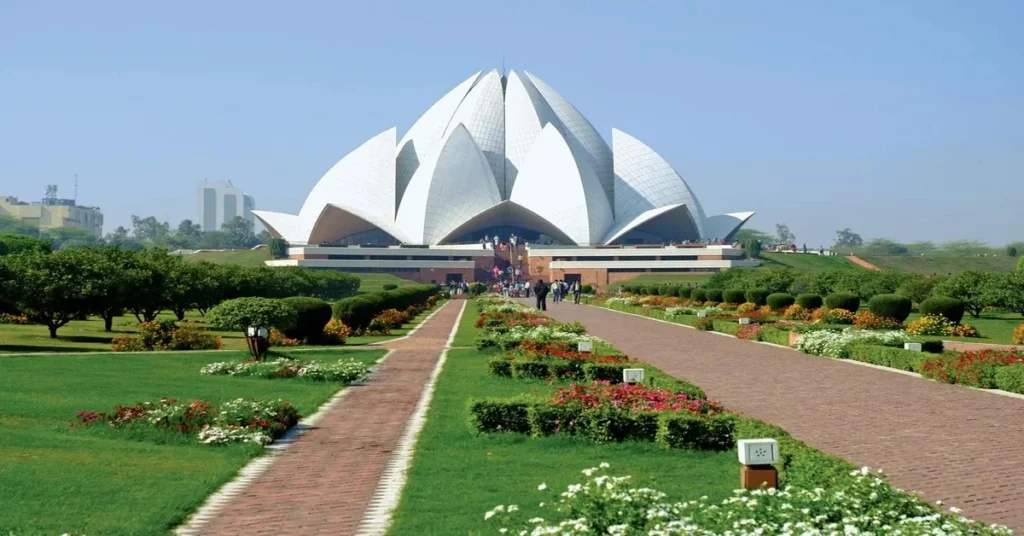
Bahá’í House of Worship
One of the key features of the Lotus Temple is its role as a Baha’i House of Worship. Here, you can experience a unique and inclusive environment where people from diverse backgrounds come together to explore spirituality. The temple is open to all, without any requirements for membership or creed, emphasizing the fundamental Bahá’í principle of unity in diversity.
Unique lotus design
To truly appreciate the Lotus Temple, you must observe its stunning architecture, which boasts a unique lotus design. The temple’s structure is made up of 27 petal-like marble slabs that give it the appearance of a blooming lotus—a symbol of purity and peace in many cultures.
House of Worship represents tranquility, considering its design encourages a feeling of calm and centeredness. The temple is surrounded by lush gardens and reflective pools, enhancing the overall ambiance. The use of white marble not only adds to its beauty but also reflects sunshine and changes in lighting throughout the day. When you visit, you may find that the incredible proportions and intricate geometry speak to the universal theme of peace and enlightenment, making it a profound cultural experience.
National Museum
Now, as you wander through the halls of the National Museum in Delhi, you’re stepping into a treasure trove of history that narrates India’s vast cultural heritage. Established in 1949, this museum houses an extensive collection of over 200,000 artifacts, offering you a glimpse into the rich tapestry of India’s past.
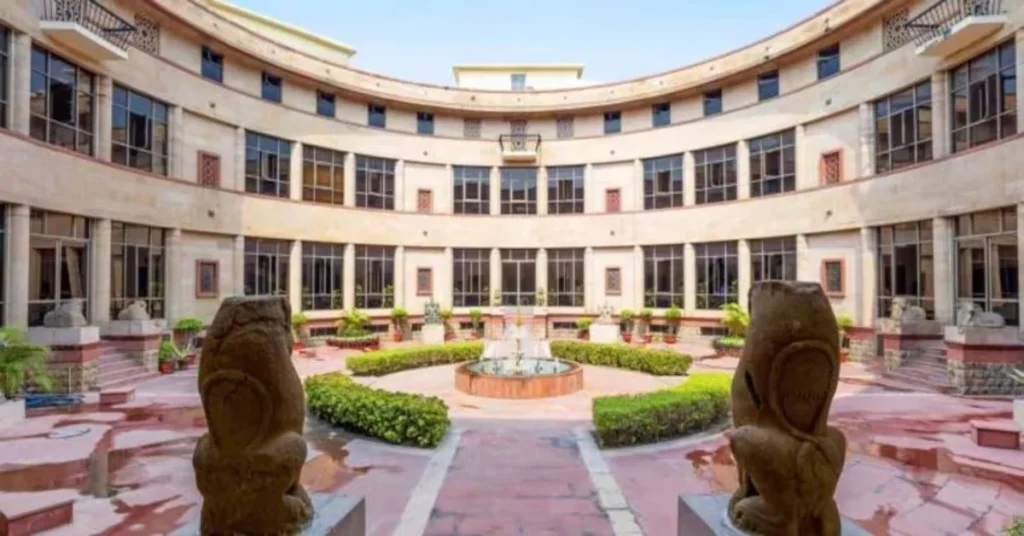
Artifacts and relics
The National Museum features a remarkable assortment of artifacts and relics, including exquisite sculptures, ancient manuscripts, and various decorative arts from different eras. This diverse collection puts you in touch with the artistry and craftsmanship that has flourished in India throughout the centuries.
Cultural history
Clearly, the National Museum serves as a vital archive of cultural history where you can explore the evolution of Indian art and culture. Each exhibit is curated to tell a story, making it an engaging experience for anyone interested in understanding the intricate layers of India’s past.
Artifacts from the museum, such as the stunning Indus Valley Civilization seals and the intricate Buddhist sculptures, highlight the profound artistry and skills of ancient artisans. You will discover that the museum not only showcases historical relics, but also presents various aspects of social and religious practices reflected through the ages. This collection invites you to explore into personal connections with your own cultural identity, enriching your understanding of both the past and contemporary society.
Chandni Chowk
Your journey through Delhi’s cultural landscape is incomplete without a visit to Chandni Chowk, a bustling marketplace that encapsulates the soul of the city. This historic neighborhood is steeped in tradition and offers a sensory overload of sights, sounds, and smells. As you meander through its narrow lanes, you’ll discover hidden gems, from ancient temples to vibrant shops, making it a must-visit for anyone seeking authentic cultural experiences.
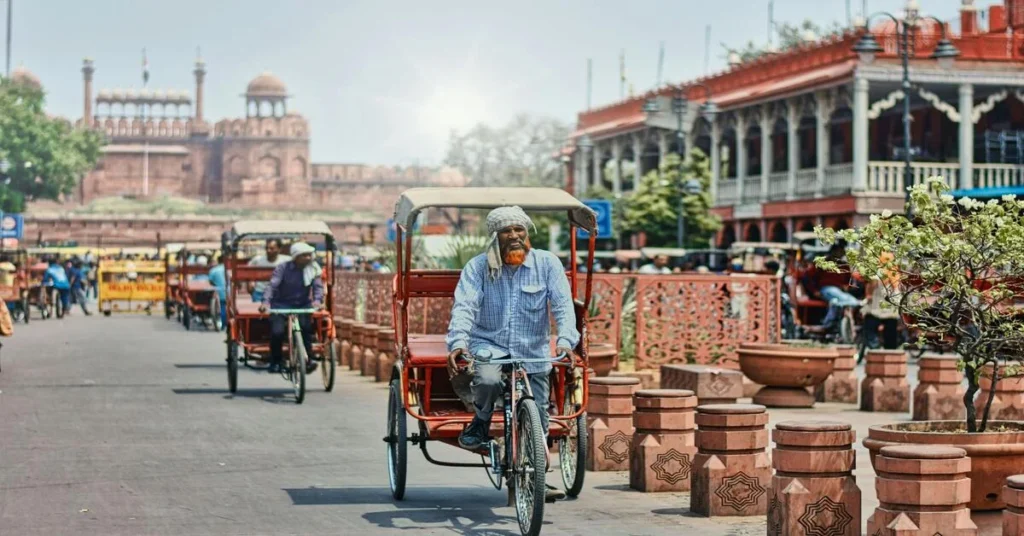
Spice Markets
Clearly, the spice markets of Chandni Chowk are a feast for the senses. The air is thick with the aromatic fragrances of various spices, ranging from turmeric to cardamom, creating an enchanting atmosphere. As you explore these bustling markets, you’ll find vendors eager to share their knowledge and provide samples, making it an unforgettable encounter with local culture.
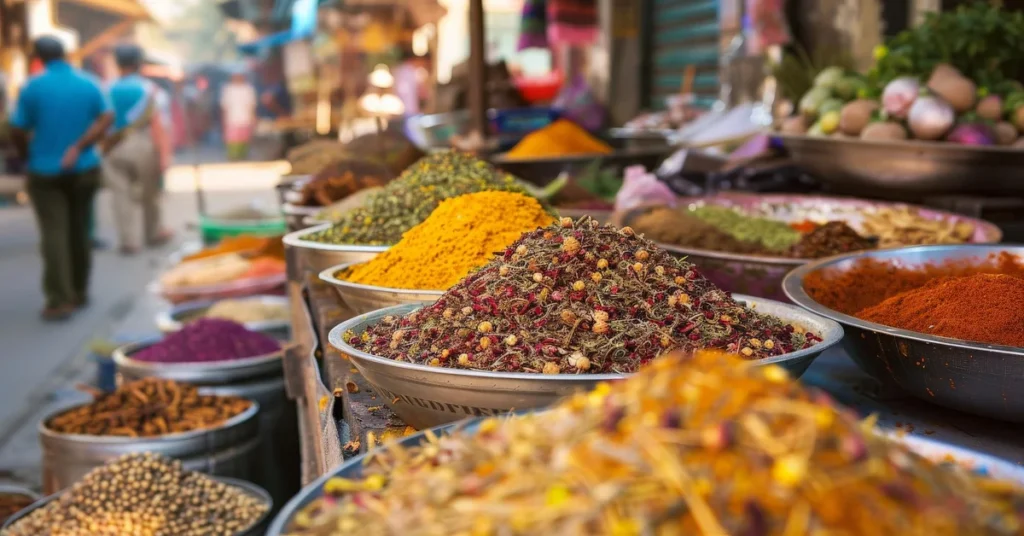
Street Food
If you have a taste for adventure, then the street food scene in Chandni Chowk will delight you. Renowned for its myriad culinary offerings, this area is a haven for food lovers. From the succulent chaat to the heavenly jalebi, every bite tells a story of Delhi’s rich heritage.
To fully appreciate the street food culture, you must explore the lively stalls lined up along the streets, where local vendors serve their specialties with fiery passion. Be sure to try the famous parathas at Parathe Wali Gali, where deep-fried stuffed bread meets an array of pickles, and sip on lassi to cool down the heat. However, stay vigilant: some stalls might not adhere to strict hygiene standards, so choose your food wisely. The flavors are tantalizing, and you’ll leave with a true taste of Delhi’s vibrant culinary scene!
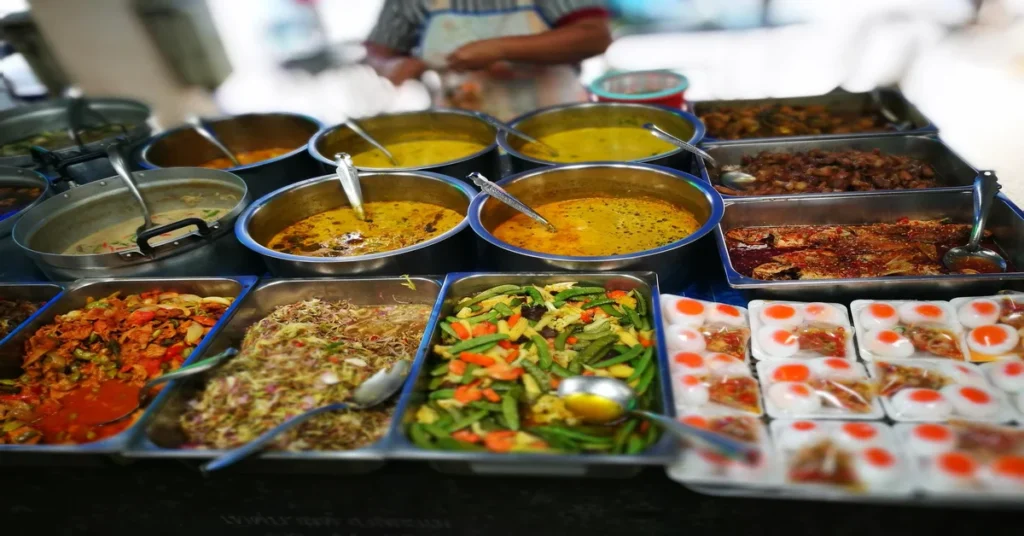
Hauz Khas Village
To experience a truly unique blend of past and present, Hauz Khas Village is a must-visit destination in Delhi. This vibrant locale is known for its eclectic mix of art galleries, boutiques, cafes, and thriving nightlife, all framed by historical backdrops that tell the story of its rich cultural heritage.
Urban village charm
Village life in Hauz Khas is undeniably captivating. As you walk through its narrow lanes, you’ll be enchanted by the colorful murals, chic shops, and quaint eateries that coexist with centuries-old structures, creating a harmonious blend of urban aesthetics and traditional charm.
Historic ruins
With its fascinating historical architecture, Hauz Khas boasts remnants of the past that are not to be missed. The ruins of a 14th-century madrasa and the stunning Hauz Khas Lake provide a picturesque backdrop for exploring this cultural gem. The site is ideal for history enthusiasts as well as casual wanderers seeking to soak in the ambiance.
Hauz Khas is home to several historical monuments, including the magnificent tomb of Firoz Shah Tughlaq and the beautiful mosque that offers a glimpse into the architectural prowess of the past. The lakeside setting enhances the site’s allure, making it a perfect spot for leisurely strolls or tranquil afternoon picnics. Embrace the serenity of the surroundings, while enjoying the vibrant culture that this area has to offer, a reminder of the rich history that still echoes in your ears.
Agrasen ki Baoli
Despite being tucked away in the hustle and bustle of modern Delhi, Agrasen ki Baoli stands as a stunning reminder of the city’s rich historical tapestry. This ancient stepwell is not only an architectural marvel but also a serene haven that invites you to explore its depths and understand its significance in the cultural landscape of the city.

Stepwell Architecture
Any visit to Agrasen ki Baoli offers you a fascinating glimpse into stepwell architecture. This innovative design provided water during the scorching summers while also serving as a community gathering spot. The intricate stone carvings and geometric patterns reflect the craftsmanship of a bygone era, inviting you to appreciate the artistry that has withstood the test of time.
Historical Intrigue
Any journey through Agrasen ki Baoli is steeped in historical intrigue. This site is shrouded in legends, with stories suggesting that it was built by the legendary figure Agrasen, a king from the Mahabharata era. This adds an air of mystique, as you ponder the lives that existed here centuries ago and the purpose this baoli served.
Baoli’s allure is complemented by its dangerous legends, which speak of disappearances and secrets hidden within its depths. Visitors often remark on the eerie atmosphere, especially when you consider its dark history tied to treachery and the supernatural. Yet, this adds a positive dimension to your exploration, as you find beauty amidst the mystery. As you stand on its steps, you cannot help but feel a connection to the countless souls who sought solace in this timeless structure.
Final Words
Taking this into account, your journey through Delhi’s rich cultural landscape will undoubtedly enrich your understanding of India’s diverse heritage. By exploring these ten exceptional venues, you immerse yourself in art, history, and traditions that shape the essence of the city. Whether you’re visiting ancient temples, vibrant bazaars, or contemporary art galleries, you’ll find experiences that resonate with your spirit and broaden your horizons. Embrace these opportunities to connect with the past and present of this bustling metropolis, making your trip unforgettable.
FAQ
Q: What are some of the top places for cultural experiences in Delhi?
A: Delhi is rich in history and culture, featuring numerous places that offer unique experiences. Some of the top spots include:
- India Gate: A symbol of national pride, it is surrounded by lush lawns and is the perfect spot for a leisurely walk.
- Humayun’s Tomb: A UNESCO World Heritage site featuring stunning Mughal architecture that offers an insight into India’s rich past.
- Qutub Minar: Another UNESCO World Heritage site, it’s known for its intricate carvings and towering minaret.
- Red Fort: A historically significant fort showcasing Mughal architecture, known for its massive red sandstone walls.
- Lotus Temple: A Bahá’í House of Worship, famous for its unique lotus-shaped architecture and serene environment.
Q: Are there any festivals celebrated in Delhi that showcase its culture?
A: Yes, Delhi hosts a variety of festivals that highlight its vibrant culture. Some notable ones include:
- Diwali: The Festival of Lights is celebrated with great enthusiasm, featuring dazzling lights, fireworks, and culturally-rich traditions.
- Holi: The Festival of Colors, celebrated with music, dance, and colorful powders, brings communities together in joy and revelry.
- Durga Puja: Predominantly celebrated by the Bengali community, it features elaborate decorations and cultural performances.
- International Mango Festival: Held in July, it celebrates the king of fruits with food stalls, cultural events, and mango-eating competitions.
- Delhi International Arts Festival: An annual festival that showcases music, dance, and art from various cultures globally.
Q: What are some recommended cultural activities to do in Delhi?
A: Engaging in cultural activities is a great way to experience Delhi. Here are some recommendations:
- Attend a classical music or dance performance: Places like the India Habitat Centre often host these events.
- Take a heritage walk: Explore areas like Chandni Chowk to experience local cuisine, markets, and historical sites.
- Visit museums: The National Museum and the Gandhi Smriti offer insights into India’s history and culture.
- Explore street food tours: Experience Delhi’s diverse culinary culture by tasting local specialties from various neighborhoods.
- Join workshops: Participate in pottery, painting, or craft workshops that showcase traditional Indian arts.
Q: Is it safe to explore cultural sites in Delhi at night?
A: While many cultural sites in Delhi are safe during the day, it is generally advised to avoid exploring them at night due to limited lighting and fewer people. Areas like India Gate and some markets remain bustling, but always exercise caution, travel in groups, and stay aware of your surroundings. Opt for guided night walking tours if available.
Q: How can I learn more about Delhi’s culture beyond visiting sites?
A: To probe deeper into Delhi’s culture, consider the following approaches:
- Take guided tours: Consider cultural tours led by locals who provide insights and anecdotes.
- Read books or watch documentaries: Explore literature and films that focus on Delhi’s history, traditions, and people.
- Attend local workshops or classes: From cooking classes to art workshops, engage with the local community and learn directly.
- Join cultural groups or forums: Connect with expat communities or locals who share an interest in culture.
- Follow local blogs or social media accounts: Stay updated on cultural events, festivals, and hidden gems in the city.

